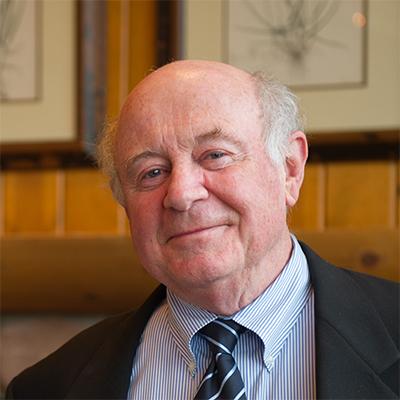22 years ago, I published a RAND report, Reinventing Public Education, urging that all public schools operate under contracts with public officials. (This later grew into a book with the same title written with Larry Pierce and Jim Guthrie.) The core argument came from my earlier studies on school effectiveness—that every public school needed a specific contract about its mission, freedoms, and performance expectations.
That report was about strengthening schools, but it had big implications for governance. Local school boards would use contracts to manage a diverse set of public schools, all of which would have their distinctive methods, missions, and staffing strategies. A school board’s job would be to sponsor the right mix of schools to meet local needs, with special attention to the children who were not benefiting from existing schools.
The title was meant to be an homage to a book published three years earlier, Reinventing Government, by David Osborne and Ted Gaebler. Based on studies of public service reforms in the U.S. and abroad they made the case that government shouldn’t operate services directly or regulate them so extensively that service providers had no freedom to innovate and adapt to local needs. “Government should steer, not row,” was their motto.
Reinventing Public Education worked out the implications of Osborne and Gabler’s steer-not-row adage for public education. As Osborne said to me in a conversation years ago, “I knew the reinventing ideas were relevant to public education, and was delighted you showed how.” We subsequently kept in touch as CRPE worked closely with localities from New Orleans to Denver that were putting the “reinventing” ideas into practice. CRPE now works with more than 30 cities on leadership strategies and problem-solving as they reinvent their public school systems under our broad “portfolio strategy.”
Now Osborne has more than returned the earlier favor by going deep on what “reinventing” means to kids, parents, educators, and community leaders. His new book, Reinventing America’s Schools, brings dry governance principles to life. In chapters on New Orleans, Denver, and Washington D.C., he shows how real people create and use the opportunities for innovation and student-centered learning that “reinventing” opens up.
Osborne’s vivid and moving stories bring education reform to life in ways that we social scientist wonks, with our policy frameworks, progress metrics, and cross-site generalizations, just can’t. When he writes about the people and their motives, hopes, striving, and learning from experience, Osborne makes a unique and sorely needed contribution.



